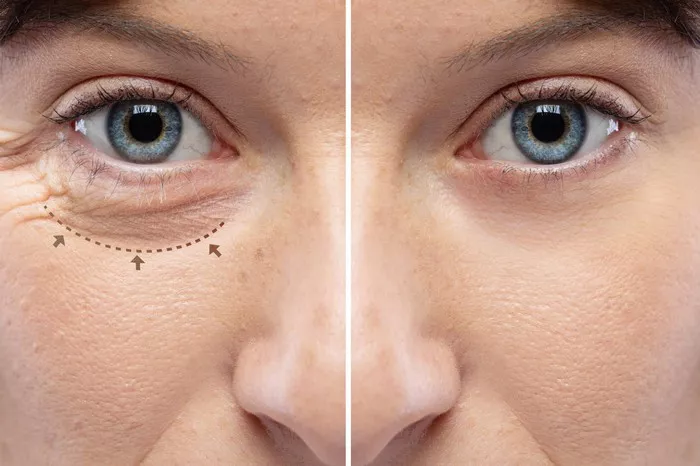Droopy eyelids, also known as ptosis, can not only affect one’s appearance but also lead to functional challenges. Many individuals opt for droopy eyelid surgery, or blepharoplasty, to address these concerns. One common question that arises among potential patients is whether droopy eyelid surgery is painful. In this comprehensive guide, we will delve into the intricacies of droopy eyelid surgery, explore the pain factors associated with the procedure, and provide insights into pain management strategies.
Understanding Droopy Eyelid Surgery
Droopy eyelid surgery is a medical procedure aimed at correcting the sagging or drooping of the upper eyelid. It is typically performed for both cosmetic and functional reasons. While the primary objective of the surgery is to improve visual field obstruction caused by severely drooping eyelids, many individuals also seek the procedure to achieve a more youthful and rejuvenated appearance.
The Surgical Process
The surgical process for droopy eyelid surgery involves several steps:
Anesthesia: The procedure is usually performed under local anesthesia combined with intravenous sedation to ensure the patient’s comfort and minimize pain.
Incision: The surgeon creates precise incisions in the natural crease of the eyelid. These incisions are strategically placed to minimize scarring.
Muscle and Tissue Adjustment: The surgeon assesses the underlying muscles responsible for eyelid movement and adjusts them as necessary to improve eyelid positioning.
Skin Removal: Excess skin is removed to achieve a more lifted and youthful appearance.
Closure: The incisions are meticulously closed using fine sutures.
Is Droopy Eyelid Surgery Painful?
The degree of pain experienced during and after droopy eyelid surgery can vary from person to person. While the surgical procedure itself is typically not painful due to the administration of anesthesia, discomfort and pain may be experienced during the recovery period.
Postoperative Pain Factors
Discomfort: It’s common to experience discomfort, tightness, and a sensation of pulling around the eyelid area immediately after the surgery. This discomfort is usually manageable with prescribed pain medications.
Swelling and Bruising: Swelling and bruising are common side effects of the surgery. These can cause mild to moderate discomfort, but they generally subside within the first week or two.
Dryness and Irritation: Some patients may experience dryness, itchiness, or a gritty sensation in the eyes as they heal. These symptoms can contribute to a degree of discomfort.
Suture Removal: The removal of sutures, usually within a week or so after the surgery, can cause minor discomfort or a pinching sensation.
Numbness: Temporary numbness around the surgical area is not uncommon. While not painful, it may feel unusual.
Pain Management Strategies
To ensure a smooth recovery and minimize any potential discomfort, there are several pain management strategies that patients can follow:
Prescribed Medications: Your surgeon will likely prescribe pain medications to manage discomfort during the initial stages of recovery.
Cold Compresses: Applying cold compresses to the eyelid area can help reduce swelling and provide relief from discomfort.
Head Elevation: Sleeping with your head elevated for the first few nights can minimize swelling and promote better circulation.
Eye Drops: Lubricating eye drops can help alleviate dryness and irritation in the eyes.
Avoid Strenuous Activities: During the initial recovery period, it’s important to avoid activities that can strain the eyes or increase blood flow to the area.
Conclusion
Droopy eyelid surgery, while not inherently painful, can involve some discomfort and pain during the recovery period. It’s important to note that pain tolerance varies among individuals. By understanding the surgical process, being prepared for potential discomfort, and following recommended pain management strategies, patients can navigate the recovery phase more comfortably. If you’re considering droopy eyelid surgery, consulting with a qualified surgeon will provide you with tailored insights into what to expect in terms of pain and recovery. Remember, the ultimate goal of the procedure is to enhance both your visual field and your confidence.


